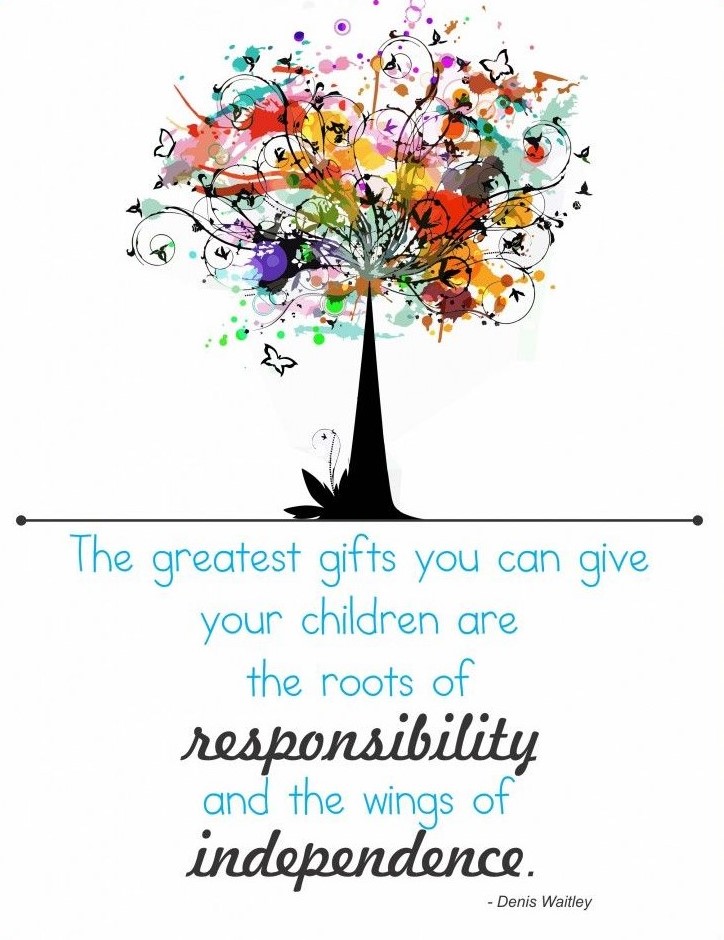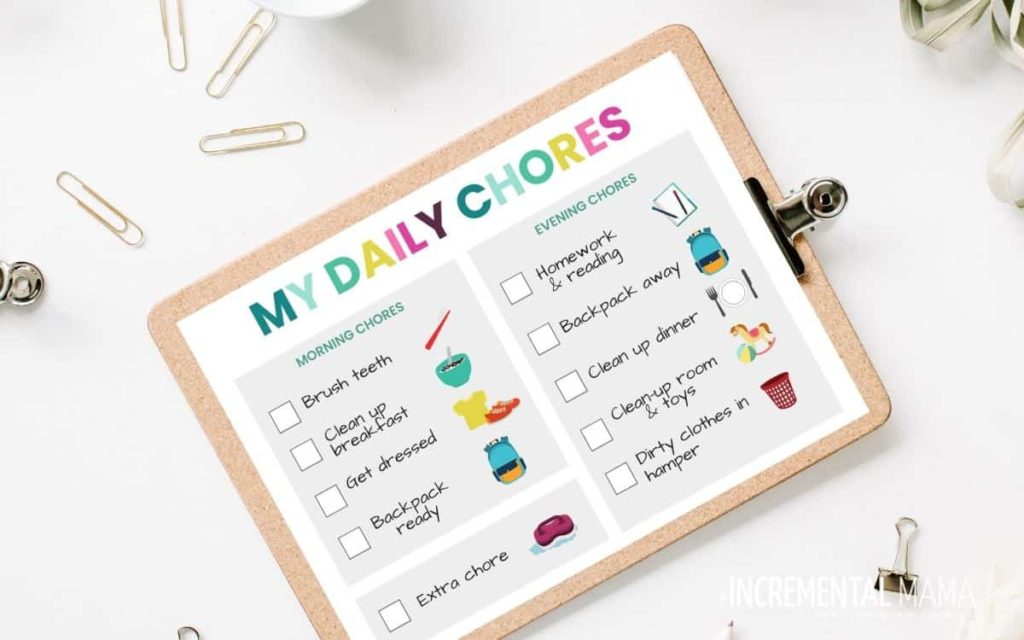From my 20 years of professional experience and a lifetime of personal experience with disability I can honestly say that helping your children with disabilities to learn and participate in activities of daily living is probably one of the most important things you will ever do for yourself and for them.
Activities of daily living (ADLs) are essential and routine self-care activities that most young individuals can perform without assistance. The concept was originally proposed in the 1950s by Sidney Katz and his team at the Benjamin Rose Hospital in Ohio. Healthcare and educational professionals often use a person’s ability or inability to perform ADLs as an indication of their functionality, particularly in regard to people with disabilities. A person’s ability to safely care for themselves will significantly impact on their quality of life, will set the stage for future performance in school, work and independent living, and determine their need for different levels of care and support in adulthood.
Most people engage in daily tasks, almost automatically with little thought. But for individuals with mental and physical impairments, these essential daily living skills can present barriers to leading a happy, healthy, fulfilling life.
Types of Activities of Daily Living (ADLs)
ADLs are skills needed to manage one’s basic physical needs, as well as more complex activities associated with living independently in the community. They include a person’s ability to:
- Move around independently.
- Use the toilet independently.
- Feed oneself.
- Bathe / shower and groom oneself.
Drive or organize alternative means of transport to get around. - Shop for groceries and other items like clothing.
- Prepare meals.
- Pay expenses, use a banking service and manage money.
- Clean a home, do laundry and basic home maintenance.
- Communicate using technology.
- Obtain medication and take as prescribed.


Do you do too much for your child?
When children are young parents intuitively take over the executive functioning role of their child’s brain. They make important decisions for their children, organize their lives, and create structure and routines. Most of the time, the responsibility for these processes moves from the parent to the child as they get older. This is an important part of a child’s development, and a clear indication of this is when children start saying ‘I want to do it myself!’
But what about children who have barriers to learning or disabilities? In these children their executive functioning skills are often compromised, negatively affecting their ability to naturally learn important life skills. These children will need more help and support to participate in ADLs and become more independent. This can be an emotionally taxing and time-consuming burden for parents and becomes a dysfunctional habit which disempowers children and increases stress, burnout, and resentment for parents.
Why parents do too much for their children
- Parents tend to be more protective of children with disabilities, believing that their children won’t manage these responsibilities.
- Some parents feel sorry for their children with disabilities and believe they shouldn’t have more responsibilities when they already find many aspects of life challenging.
- It takes a lot of time, energy, and patience to teach children with disabilities to be more independent. Parents struggle to set aside time for this with the demands of work, running a household and caring for other siblings.
- Many parents believe their children with disabilities will learn daily living skills naturally when they are older and that there is no reason to start earlier.
- Children are very aware that parents or the helper manage these tasks at home, unfortunately creating the perception amongst children that they will never have to do these tasks themselves.
Benefits of teaching your children daily living skills
The benefits of teaching your children ADLs are endless, and although the choice to do this could be perceived as the more difficult option, it certainly results in long term advantages for both parents and their children.

- Increased independence.
- Improved confidence and self-esteem.
- A sense of purpose.
- Reduces the burden on parents.
- Teaches responsibility and perseverance which are critical life skills.
- Improves a child’s chances of being a more independent adult.
- Builds an understanding of following structured activities which is vital for entry into the workplace.
- Introduces the concept of being rewarded for ‘work’ if incentives are used.
How to teach daily living skills
Teaching a child with a disability to be more independent will require some planning and different approaches to ensure a positive and successful experience.
- Do the tasks with your children. Children with disabilities learn and retain information better when the skill is demonstrated, and they can model someone else doing it.
Step1: Let them watch you first while you explain what you are doing.
Step 2: Allow them to try small parts of the task while you instruct, watch and guide.
Step 3: Prompt them to explain to you what needs to be done, allow them to try on their own, observe, assist only if needed and give feedback.
Step 4: Leave them to do the task on their own by following a checklist and give feedback once complete.
- Teach the task where it usually happens – if you are teaching your child to use an ATM do so at a real ATM so that learning is more tangible.
- Break the task down into simple steps. This helps explain the correct sequence of events so that children know where to start and what comes next.
- Use visual reminders – checklists, a photo sequence, rosters, and videos. Visual tools work best for children with disabilities and should be exciting to look at, visible, accessible, and linked to a child’s interests where possible.
- Explore using assistive devices and technology that make elements of the task easier to manage such as alarms, reminders, and adapted / assistive tools. Advances in technology and creative tools can make the impossible possible.
- Continuously praise and reward. Positive reinforcement is so important for children, it encourages them to keep trying and helps them to believe in their abilities. Use star charts or a points system and link achievements to tangible incentives.

Important considerations
ADLs, visual reminders, and rewards should be age appropriate and suited to the child’s level of functioning. Lower functioning children will start with very simple tasks and only one at a time. Higher functioning children will manage more complex tasks with several steps. Most importantly parents need to be consistent in their approach to teaching ADLs and stay focused on the long-term goals.
It is never too late to teach your children with disabilities daily living skills and when you give your children real, practical tools and communicate that you believe they can, everyone benefits. It is a gift to watch children who have struggled become more independent and feel like they too have responsibilities and can actively contribute to their family, community, or workplace.
Julia Wood – Head of Oak House Vocational Academy – Glenoaks Remedial and Special Needs School.
- When to Push My Child and When to Step Back - March 18, 2024
- Benefits of Including STEM into the Classroom - March 5, 2024
- The Role of Parents in the Education of Special Needs Children and Fostering a Collaborative Approach - February 21, 2024





